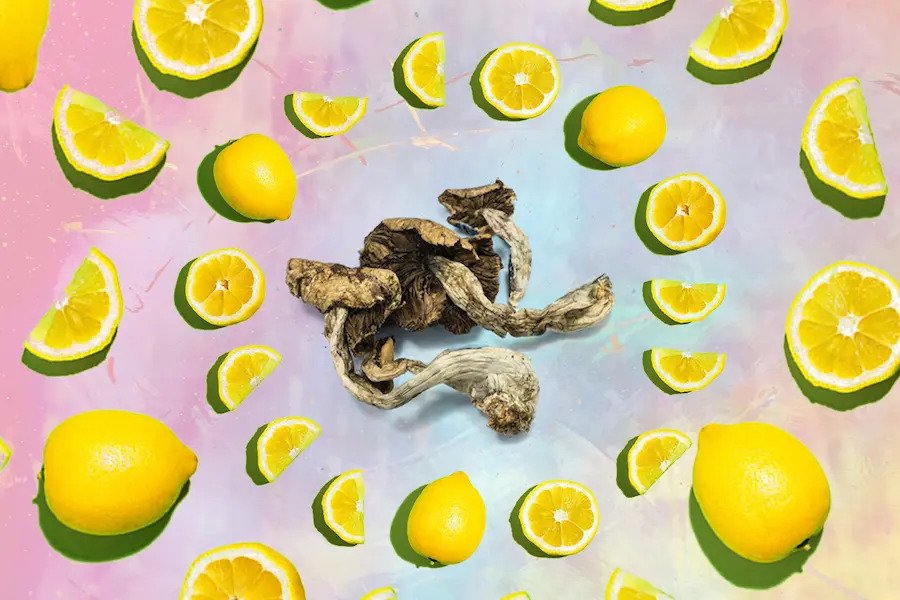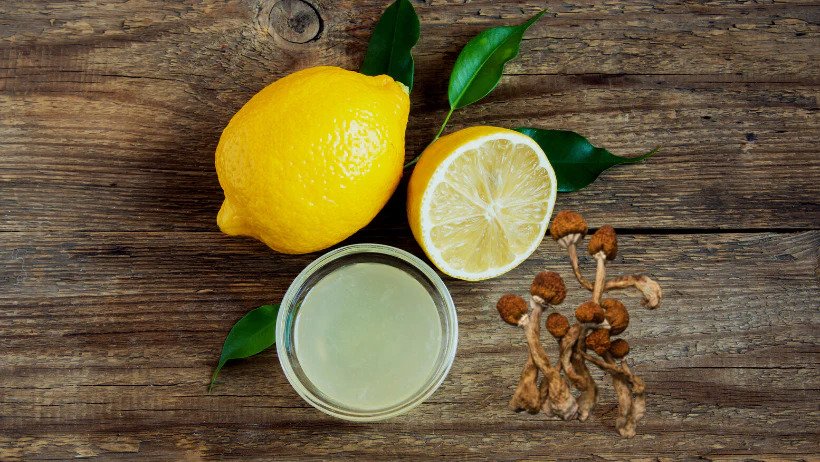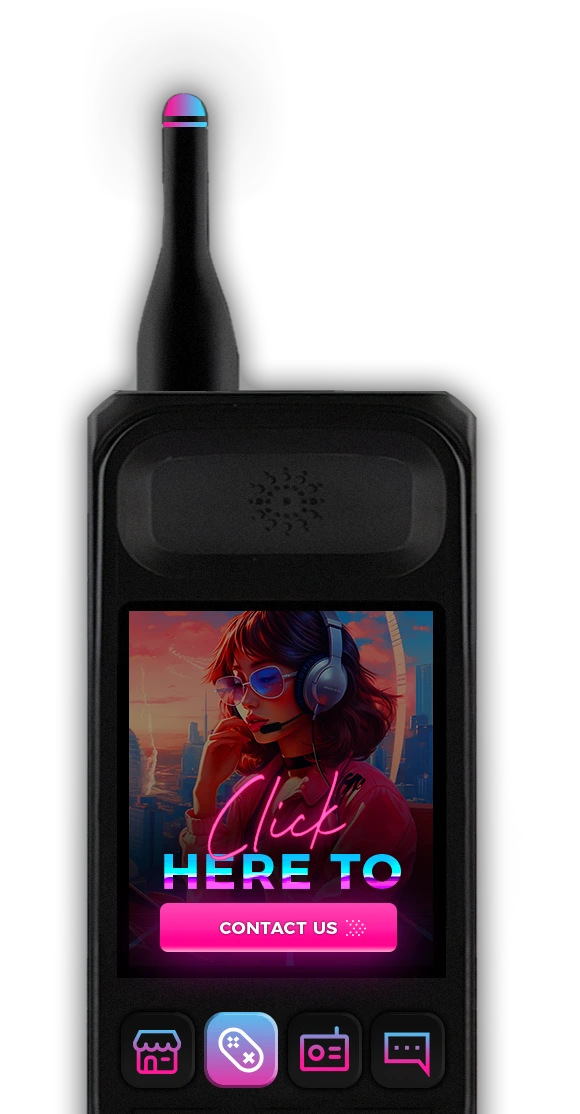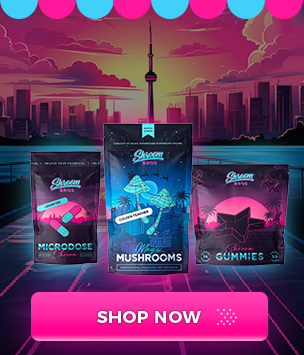Answered on this page:
- What is lemon-tekking?
- Does lemon-tekking make shrooms come on faster?
- Why does lemon-tekking work?
- Can I do lemon-tek with limes?
In an earlier article, we discussed alternative options for consuming psilocybe mushrooms; for as much as we all love them, the flavour and texture can leave a lot to be desired. Thankfully, there are other options available, and none of them seem to have gotten as much attention in recent years as lemon-tekking.
Lemon-tekking refers to the process of leaving your shrooms to soak in citric acid (typically from a lemon) before consuming them. There are a number of potential benefits to taking your shrooms this way, including a faster onset and possibly stronger immediate effects as well as minimizing the nausea that tends to crop up as a side effect to taking shrooms.
The onset and effects can be faster and stronger when lemon-tekking, so it isn’t recommended for people who are just starting out with taking shrooms. You may also want to lessen your dose the first time you try lemon-tekking to see how differently it affects you.
There’s a lot to discuss today, so let’s dive in!
History
While this process has not been studied in isolation, the history of mycology contains several studies that touch on the relationship between acidic environments and the dephosphorylation of psilocybin. We’ll go through a few of these studies and evaluate the historical context of the procedure before going into the chemistry and trying to understand how exactly this works.
Authors: Philip Catalfomo and V. E. Tyler, Jr.
Journal of Publication: Drug Plant Laboratory, University of Washington
Date of Publication: 1964
Summary: Our first study comes from the 1960s, and is one of the first to really start experimenting with the formation of psilocin out of psilocybin. The authors tested the process in a variety of different mediums, and found that a relatively dilute (roughly pH 4-4.5) acetic acid was the medium that seemed to lead to the most production of psilocin. They also found that the higher the pH of the solution, the lower the overall content of psilocybin. This suggests acidic mediums as a good way to kickstart the processing of psilocybin into psilocin.
Authors: J. F. Casale
Journal of Publication: Journal of Forensic Sciences
Date of Publication: February 1985
Summary: The second study came about twenty years after the first, and establishes a fairly clear and straightforward system for extracting psilocin from Psilocybe mushrooms. Using a similar medium to our first study (pH 4.0 acetic acid), the authors discovered that the agitation, temperature, and acidic environment led to the complete dephosphorylation of psilocybin into psilocin. The acid being used in these studies is comparatively diluted, but the strength of the reaction is a very positive sign.
Authors: R. C. Van Orden
Journal of Publication: ProQuest Dissertations and Theses
Date of Publication: April 2008
Summary: Our last study found that the best solution for the extraction of psilocin was a mixture of acidic methanol and citric acid. The citric acid was found to be a necessity for the extraction of psilocin and not just psilocybin, and that roughly 50/50 mixtures were the best for extracting both psilocybin and psilocin. The author found that higher concentrations of citric acid tended to lead to higher proportions of psilocin as compared to psilocybin. This suggests that the greater acidity of the citrate helps to start the dephosphorylation process.
Chemistry
Why exactly this works is still a bit of a mystery, but we know that psilocybin is a prodrug and that through the removal of one phosphate group (a process called dephosphorylation) it forms psilocin, the neurologically active, psychedelic part of the mushrooms. This happens through two separate biological processes, with the acidic environment of the stomach responsible for the majority of the production of psilocin. This is also why onset of effects tends to take a little while after taking shrooms, as they need to be processed in the stomach before they can start to provide their psychedelic effects.
The concentration of the citric acid that you’d find in lime or lemon juice (a pH of roughly 2-2.5) is fairly similar to the environment of the stomach, where your gastric acids sit at a pH of roughly 1.5-2. The acidic environment of the lemon or lime juice thus begins the dephosphorylation of the psilocybin and makes the psilocin bioavailable without needing to digest the mushrooms first. This significantly shortens the onset time and makes it easier for the body to directly absorb the psilocin.
Lemon juice also has powerful antioxidant benefits through both the presence of vitamin C and through its flavonoids, which could help to prevent the oxidation of psilocybin that leads to the characteristic blueing of the mushrooms. Psilocin starts to disappear in oxidation reactions, so it is possible that the antioxidant aspects of the citric acid could help to slow down the oxidation purpose and ensure that more of the psilocybin is available for processing.
But lemon-tekking also helps to make the mushrooms more palatable by grinding them down before consumption. The cell walls of mushrooms are made up of chitin, which no vertebrate animals can naturally produce the necessary enzymes to breakdown. This is why people tend not to eat raw mushrooms, as the stomach can have significant difficulties try to process the chitin. Grinding them down beforehand makes them easier to digest, and anecdotally lemon-tekking seems to reduce the incidence rates of nausea from taking mushrooms.
So, all put together, soaking your shrooms in lemon or lime juice before consumption seems to increase the rate of absorption of psilocin (and thus shorten the onset time), reduce the rate of oxidation of psilocybin to ensure potency, and to decrease the incidence of nausea as a side effect of taking shrooms. If that sounds like as much of a win-win to you as it does to us, read on for more information about the process!
In this guide, we will be using lemon/lime juice fairly interchangeably as they have very similar natural qualities. Feel free to use whichever you’d prefer, but stick to one of those two citrus fruits; the others aren’t quite acidic enough to get the effect that we’re looking for.
How to Lemon-Tek
Lemon-tekking is fairly simple, and you don’t need much equipment to get it done.
Materials Required
- Your psilocybin mushrooms of choice
- A cannabis grinder
- A small glass
- The juice of 1-2 lemons or limes
- (Optionally) A cheese cloth or filter of some sort
Procedure
- Grind your mushrooms down into a fine powder with your grinder (a coffee grinder could also work for this) and then place them in the glass.
- Cover the powder completely in your lemon or lime juice.
- Leave the solution to sit for 15-20 minutes, stirring occasionally.
- (Optional) If nausea was your main incentive for lemon-tekking, you can use the cheese cloth in order to strain the liquid out. While the particulate may still have psilocybin in it, the majority should be bioavailable in the liquid, and the mushrooms themselves are what is likely to cause a nauseous reaction.
- You can either down the solution as a shot, or mix it into some water to dilute it. You could even mix it into a cup of tea (as long as the water is only hot and not boiling!)
Conclusion
All in all, the benefits of lemon-tekking are fairly clear. It makes the effects come on faster (and potentially stronger), and minimizes the chances of nausea and indigestion as a result, especially if you strain out the remains of the mushroom powder afterwards. Be careful when experimenting with new formulations, as you don’t know how exactly they’ll affect you, and try to ensure a pleasant setting for your first experience with lemon-tekking. Beyond that, enjoy your trips!














